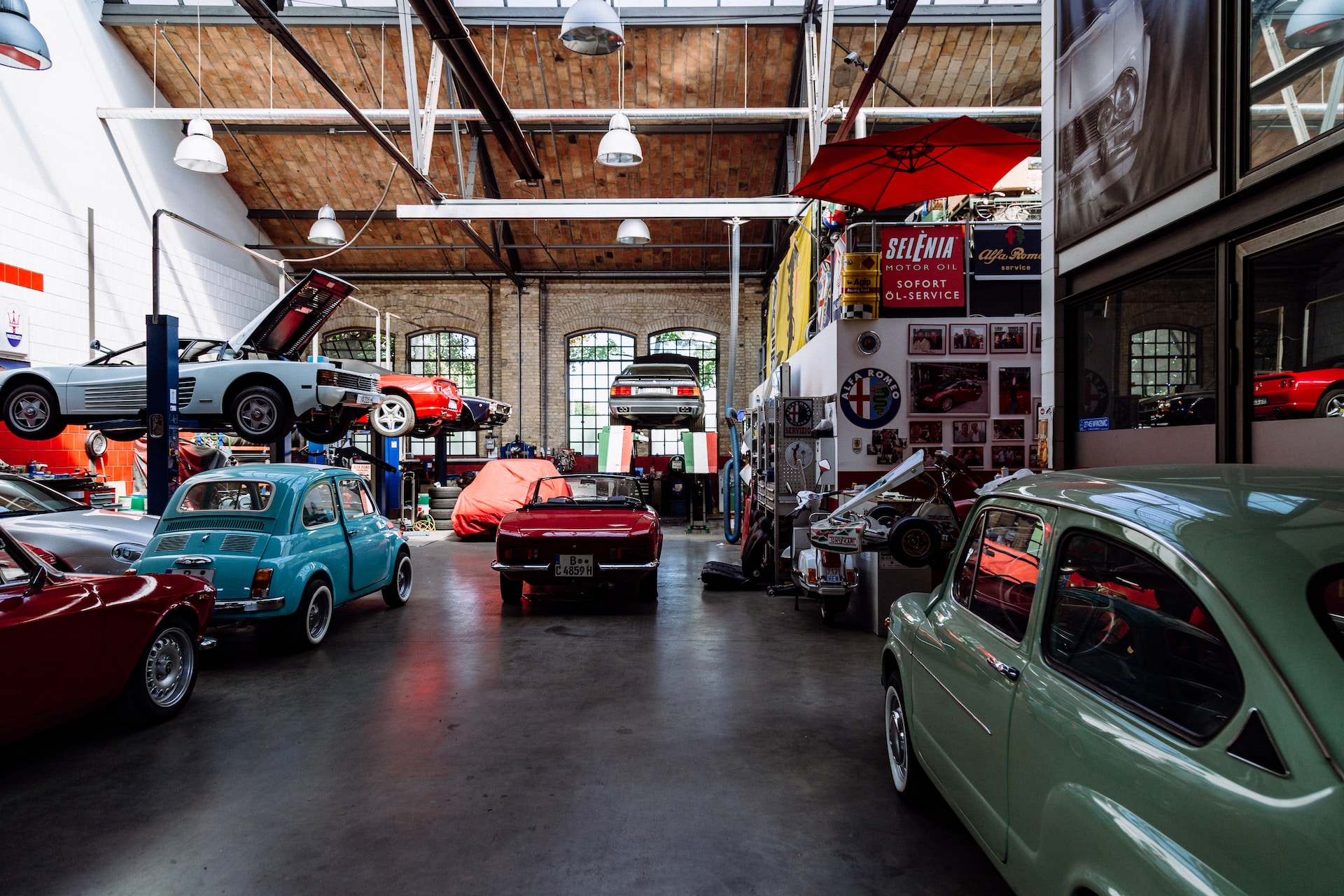In the hustle and bustle of today’s urban landscape, parking woes have become a recurring headache for many. With limited space and an ever-increasing number of vehicles on the road, finding a convenient parking spot has become a challenge. However, there’s hope on the horizon in the form of cutting-edge car stackers technology. This revolutionary solution is transforming the way one thinks about parking, making it simpler and more efficient than ever before.
The Evolution of Parking Solutions
Before delving into the intricacies of car stacking technology, it’s essential to understand the evolution of parking solutions. Traditional parking garages, with their sprawling layouts, consume significant real estate and often need more efficient use of space. As cities grow more crowded, these conventional parking structures are becoming increasingly impractical.
The need for a more space-efficient and eco-friendly approach to parking became evident. This led to the development of car stacking technology, a solution that offers a more innovative and sustainable approach to address parking woes.
How Car Stacking Technology Works
Car stacking technology, also known as automated parking systems, is designed to maximise space utilisation while maintaining accessibility. It leverages a series of lifts, conveyors, shuttles, and automated platforms to move vehicles vertically and horizontally within a compact structure. The process is orchestrated with remarkable precision and efficiency, making it a game-changer in the world of parking.
Space Optimization
One of the key benefits of this stacking technology is its ability to optimise available space. By stacking vehicles vertically, these systems reduce the physical footprint required for parking, freeing up valuable real estate for other purposes. Whether in commercial, residential, or urban settings, this technology allows for more effective land use.
Increased Capacity
With traditional parking garages, the number of vehicles that can be accommodated is inherently limited by available floor space. These stacking systems, on the other hand, offer a substantially higher capacity. They can store more vehicles in the same area, addressing the ever-increasing demand for parking in cities.
Environmental Benefits
The environment also stands to gain from this stacking technology. Reduced land use means less disruption to natural ecosystems and a decrease in the heat island effect associated with expansive parking lots. Furthermore, the energy-efficient design of these systems can lower carbon emissions and energy consumption, making them an eco-conscious choice.
Convenience and Accessibility
These stacking systems enhance convenience by minimising the time and effort needed to park and retrieve your vehicle. These systems are often fully automated, eliminating the need for drivers to navigate through tight parking spaces and spend precious minutes searching for an available spot. Users can drop off their vehicles at a designated entry point and let the system take care of the rest.
The Future of Parking
Car stacking technology represents a glimpse into the future of parking. As cities continue to grow, it’s clear that traditional parking infrastructure needs to catch up with the demand. These stacking systems offer a versatile and scalable solution that can be tailored to meet the unique needs of different environments.
Commercial Applications
In commercial settings, such as shopping centres and office buildings, this stacking technology can significantly enhance the visitor experience. Shoppers can spend more time inside the mall, and employees can enjoy a smoother transition from commuting to work, all thanks to efficient parking solutions.
Residential Solutions
For residential developments, car stackers make it possible to offer residents secure and convenient parking, even in space-restricted urban areas. This added amenity can be a compelling selling point for potential buyers and tenants, enhancing property values.
Urban Integration
In densely populated urban areas, where parking space is at a premium, this stacking technology is a saviour. Its ability to stack vehicles vertically in a small footprint makes it a perfect fit for cities looking to reduce congestion, pollution, and the strain on parking infrastructure.
A Glimpse of the Global Landscape
Around the world, stacking technology is gaining traction. Cities in Europe, Asia, and North America are increasingly adopting these systems as part of their urban planning strategies. The adoption of innovative parking solutions is a testament to the scalability and adaptability of this technology.
A Testament to Efficiency
The efficiency of the stacking technology is particularly noteworthy. Automated parking systems can reduce the time required to park and retrieve a vehicle to just a fraction of what it would take in a traditional garage. This not only enhances user experience but also contributes to the overall efficiency of urban transportation systems.
Safety and Security
Car stacking systems are equipped with advanced safety features to ensure the well-being of vehicles and pedestrians. Automated guidance systems, multiple sensors, and secure entry points minimise the risk of accidents. In addition, secure access controls protect vehicles from unauthorised use or tampering.
Maintenance and Reliability
One of the key factors contributing to the growing popularity of this stacking technology is its reliability and low maintenance requirements. These systems are designed for longevity, with minimal wear and tear on moving parts. Regular maintenance is straightforward, and downtime is kept to a minimum.
Customisation for Unique Needs
The stacking technology is highly customisable to accommodate the specific requirements of different locations. Whether it’s a residential complex with limited space or a commercial property with high traffic, these systems can be tailored to fit the bill.
Final Thoughts
The emergence of cutting-edge car stacking technology offers a refreshing perspective on parking solutions. It addresses the limitations of traditional parking structures, making more efficient use of space, increasing capacity, and reducing environmental impact. As cities continue to grow, the need for efficient and sustainable parking solutions becomes increasingly vital. The stacking technology is not merely a solution; it’s a glimpse into the future of urban living and transportation.




